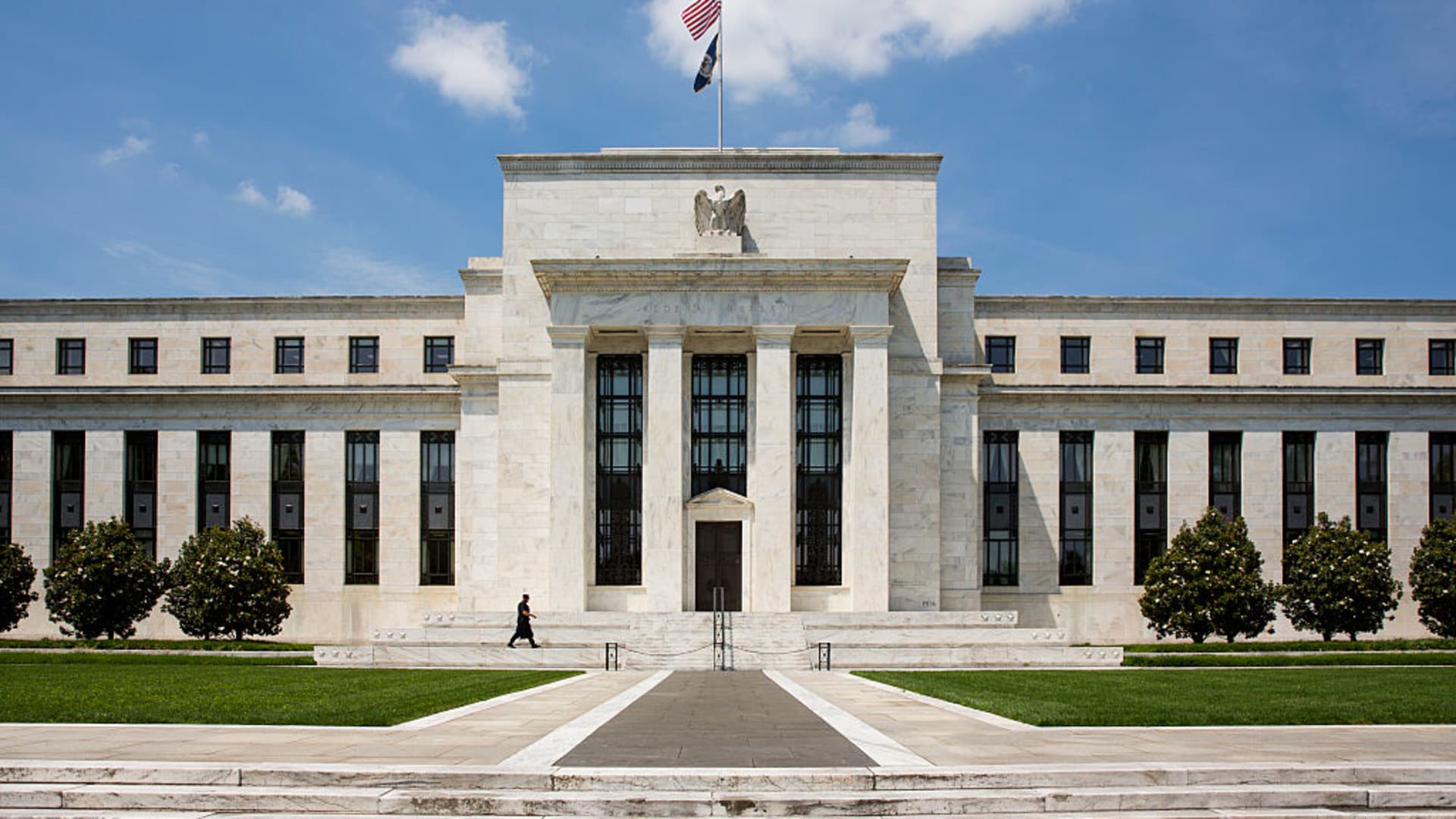Global Bond Markets in Turmoil: The Fading Hopes for Fed Rate Cuts
As the global bond markets face significant turmoil, investors are left grappling with dwindling hopes for interest rate cuts from the Federal Reserve. The sell-off in bonds has sent ripples through financial markets, raising pressing questions about the future trajectory of monetary policy and its far-reaching implications for the economy. This article delves into the current state of global bond markets, the factors contributing to their instability, and the broader economic consequences of potential shifts in monetary policy.
The Current State of Global Bond Markets
In recent months, the global bond markets have experienced a seismic shift. Traditionally viewed as safe-haven investments, bonds have seen a notable decline in prices, leading to increased yields. Investors, once optimistic about the possibility of interest rate cuts by the Federal Reserve, are now reassessing their positions in the face of economic uncertainty.
The U.S. Treasury yields, which serve as a benchmark for global borrowing costs, have surged to levels not seen in years. For instance, the yield on the 10-year Treasury note recently surpassed 4%, a significant increase that has prompted concerns about the sustainability of economic growth. This rise in yields reflects a broader trend across various global markets, as investors react to shifting expectations regarding monetary policy and inflation.
Factors Driving the Turmoil
Several factors are contributing to the current turmoil in global bond markets:
- Inflationary Pressures: Despite the Federal Reserve’s aggressive rate hikes in the past year, inflation remains persistently high. With consumer prices rising, the expectation that the Fed will pivot to rate cuts has diminished significantly.
- Geopolitical Tensions: Ongoing geopolitical issues, including tensions in Eastern Europe and trade disputes, have added to market volatility. Investors are uncertain about the potential economic fallout from these developments.
- Market Sentiment: The prevailing sentiment among investors has shifted from optimism to caution. As the likelihood of rate cuts fades, many are reevaluating their portfolios, leading to increased selling pressure on bonds.
The Impact of Monetary Policy on the Economy
The Federal Reserve’s monetary policy decisions play a crucial role in shaping economic conditions. As hopes for rate cuts fade, the implications for the economy become increasingly complex. Higher interest rates generally lead to increased borrowing costs for consumers and businesses, which can dampen economic activity. This, in turn, raises concerns about a potential slowdown or even recession.
Consumer and Business Borrowing
As borrowing costs rise, both consumers and businesses may think twice before taking on new debt. For households, higher mortgage rates can lead to reduced home affordability, consequently cooling the housing market. Businesses, facing elevated costs of capital, might delay or scale back investment plans, affecting job creation and economic growth.
Investment and Market Volatility
In the investment landscape, higher yields on bonds may attract capital away from equities, contributing to volatility in stock markets. Investors typically seek out the best risk-adjusted returns, and as bond yields rise, stocks may become less appealing. This shift can lead to broader market corrections, impacting retirement accounts and overall investor sentiment.
Global Responses to Market Turmoil
As global bond markets face significant challenges, policymakers around the world are closely monitoring the situation. Central banks in various countries are grappling with the dual mandate of fostering economic growth while maintaining price stability. The responses from these institutions will be pivotal in determining the future trajectory of both global bond markets and economic recovery.
Central Bank Strategies
Central banks are at a crossroads, where they must balance the need for continued economic support with the realities of persistent inflation. Some potential strategies include:
- Rate Adjustments: Central banks may need to consider further rate hikes to combat inflation, which could exacerbate bond market volatility.
- Communication Strategies: Clear communication about future monetary policy intentions can help manage market expectations and reduce uncertainty.
- Quantitative Easing: In some regions, central banks may revisit quantitative easing measures to provide liquidity and support economic activity.
Long-Term Perspectives on Bond Market Stability
While the current turmoil in global bond markets presents significant challenges, it is essential to maintain a long-term perspective. Historically, bond markets have shown resilience, recovering from periods of volatility. As the global economy evolves, investors may find new opportunities within the bond market, particularly as central banks adjust their policies in response to changing economic conditions.
Diversification as a Strategy
For individual investors, diversification remains a key strategy in navigating uncertain markets. By holding a mix of asset classes, including equities, bonds, and alternative investments, investors can mitigate risks associated with market fluctuations. Furthermore, focusing on high-quality bonds, such as those issued by well-established corporations or governments, can provide stability in turbulent times.
Conclusion: A Complex Landscape Ahead
The global bond markets are currently experiencing significant turmoil, driven by a confluence of factors that have dampened hopes for Federal Reserve rate cuts. As investors contend with rising yields and economic uncertainties, the ramifications for borrowing costs, market volatility, and overall economic growth become increasingly pronounced.
While the current landscape may appear daunting, it is crucial to remember that financial markets are inherently cyclical. By employing sound investment strategies and maintaining a long-term perspective, investors can navigate these tumultuous waters. In the coming months, the actions of the Federal Reserve and other central banks will be vital in shaping the trajectory of both bond markets and the broader economy. Understanding these dynamics will be essential for stakeholders across the financial spectrum as they seek to adapt to a rapidly changing economic environment.
See more CNBC Network



